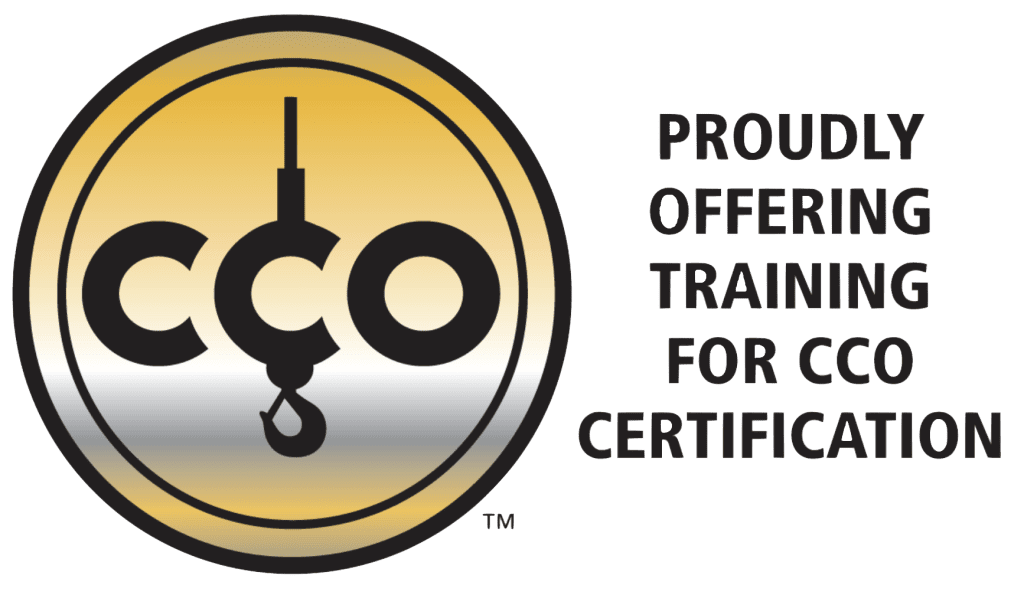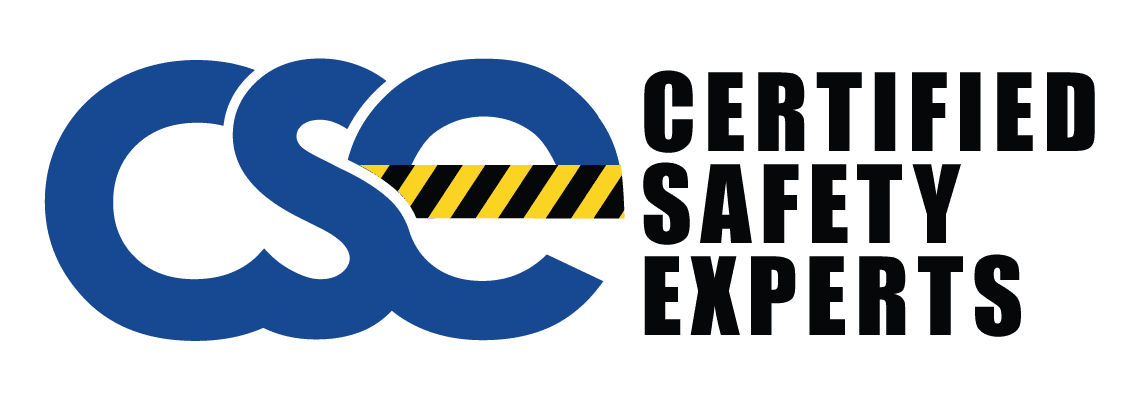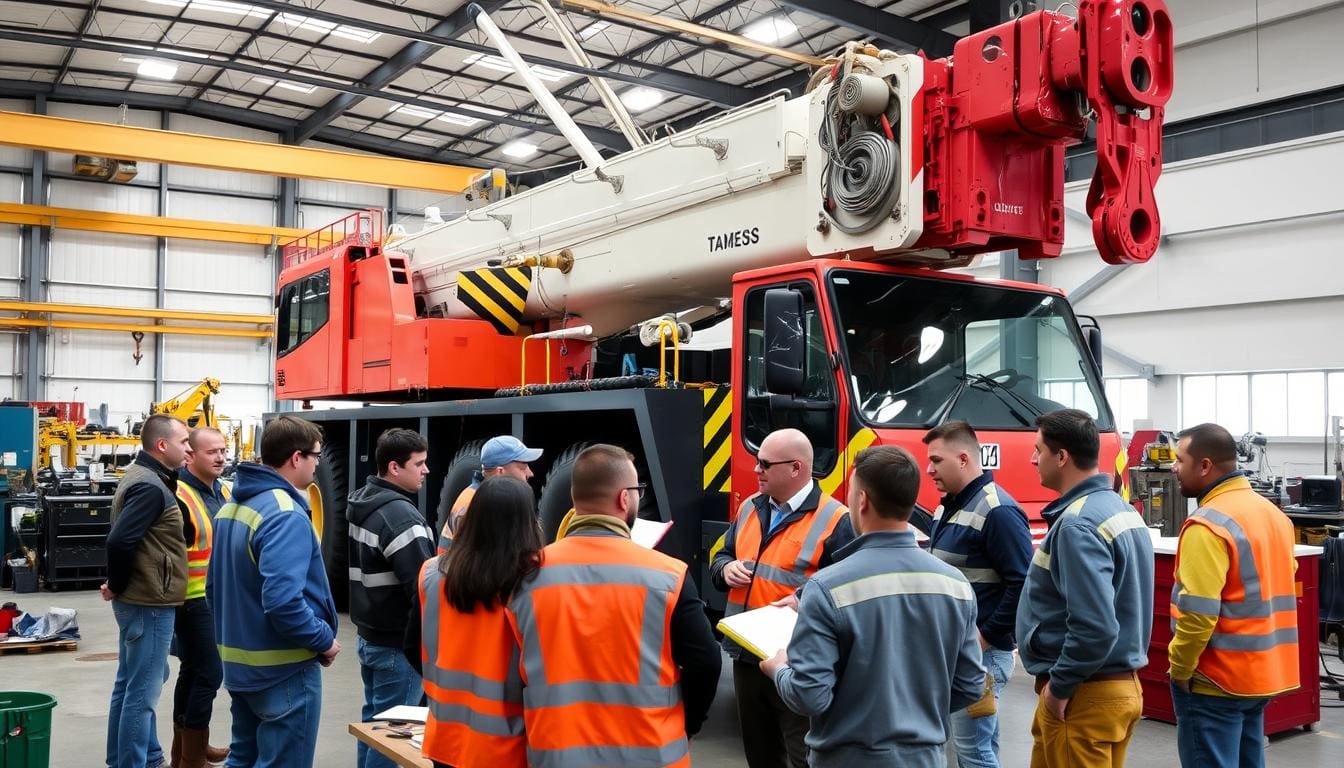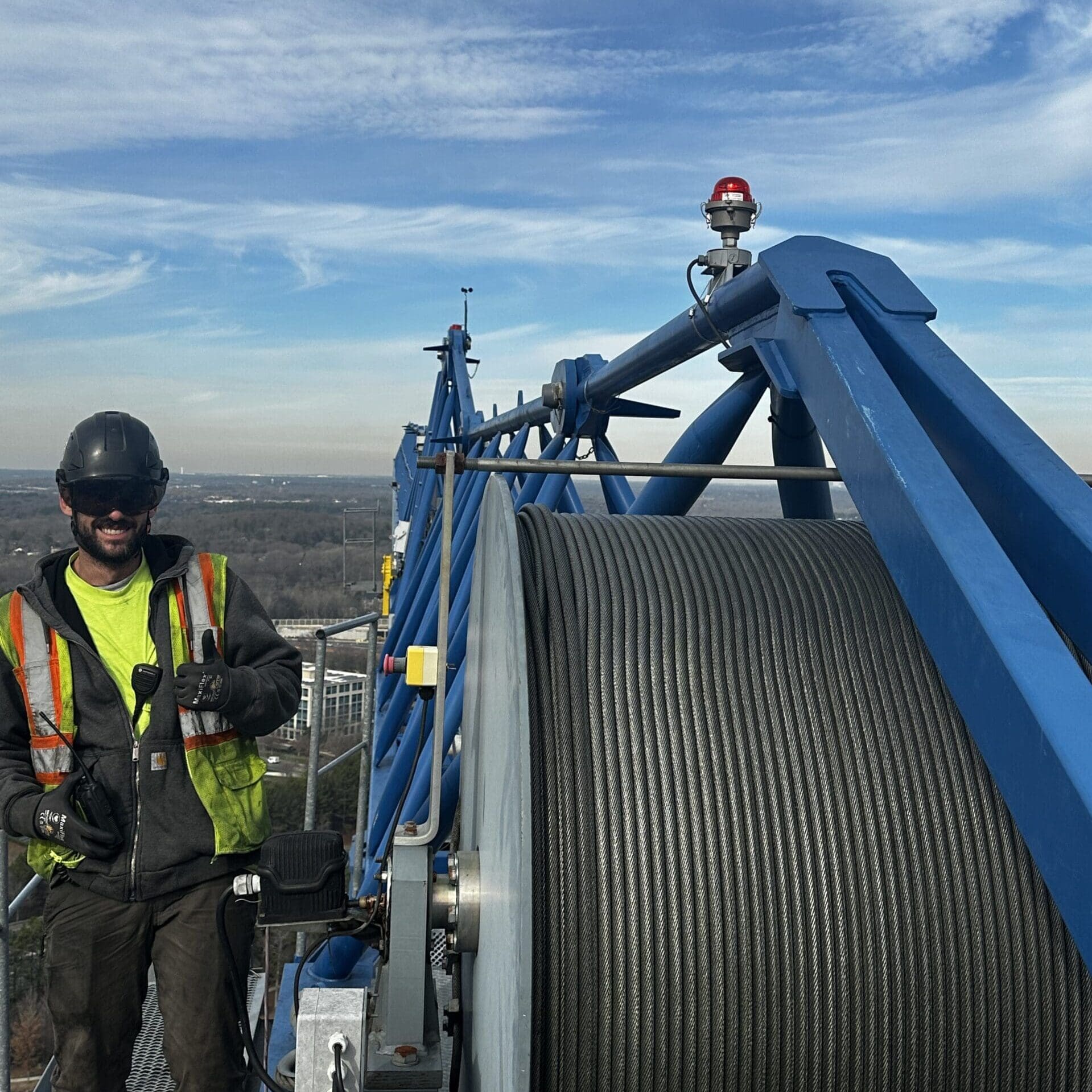Mobile cranes are key in lifting and moving heavy materials to improve efficiency and safety, effective mobile crane maintenance training is crucial. It’s not just about keeping machines running longer. It’s also about protecting your team from dangers.
When a crane is down, it delays the project. This shows how important skilled maintenance is. A knowledgeable crane operator boosts safety and productivity. Following crane safety protocols prevents accidents and meets strict rules. A good training program is essential for your team’s success.
What are the Importance of Mobile Crane Maintenance
Keeping mobile cranes in good shape is very important. It affects how long the equipment lasts and how safe construction sites are. Following mobile crane rules helps meet legal standards and makes work safer and more efficient.
Extending the Lifespan of Your Equipment
Regular care of mobile cranes helps them last longer. By doing routine checks and fixing problems quickly, you avoid expensive breakdowns. This means:
- Less time when the machine is not working.
- Less need for costly repairs or new parts.
- The crane can work for many more years.
This approach not only makes the equipment last longer but also saves money in the long run. It cuts down on the costs of running the crane.
Preventing Accidents and Ensuring Safety
Crane upkeep is not just about saving money; it’s also about keeping workers safe. Good maintenance helps by:
- Stopping mechanical failures that could cause big accidents.
- Lowering the chance of injuries or deaths for workers.
- Making the workplace safer with reliable equipment.
By spending on thorough and regular maintenance, companies show they care about safety and follow health rules.
Compliance with Industry Regulations and Standards
Following mobile crane rules is not a choice; it’s a must, set by groups like OSHA. Being compliant means:
- Keeping detailed records of maintenance and repairs.
- Ensuring crane operators know the latest safety rules.
- Doing regular checks and audits to meet industry rules.
Following these rules helps companies avoid legal trouble and shows they follow the best practices in crane use.
The Basics of Mobile Crane Operation
Learning the crane operation fundamentals is key for any team working with heavy machinery. We’ll cover the main parts of mobile crane machinery basics. This knowledge is vital for safe and efficient use of these powerful tools.
Knowing the heavy machinery operation guidelines is important. It helps follow industry rules and improves how well you operate. Let’s look at the main things every operator needs to know:
- Control Systems: It’s crucial to understand the dashboard controls for smooth and accurate crane movement.
- Load Charts: Being able to read and use load charts is key for safe lifting to avoid overloading the crane.
- Safety Mechanisms: Knowing the emergency systems and doing regular checks helps prevent accidents.
It’s also important to know about the different types of mobile cranes. These include:
- All-terrain Cranes: These are versatile and can handle both on-road and off-road conditions.
- Truck-mounted Cranes: Great for projects that need quick setup and mobility.
- Rough Terrain Cranes: Made for tough ground conditions.
- Crawler Cranes: Best for long-term projects with heavy lifting and stability.
By understanding these mobile crane machinery basics, teams can work more efficiently and safely. Each part of the training should focus on building these essential skills. This ensures precise and safe crane operations.
Mobile Crane Maintenance Procedures Best Practices
Following the best practices in crane maintenance helps extend the life of mobile cranes. It also ensures they are safe to operate and meet industry standards. This part covers key maintenance steps like routine checks, diagnosing issues, and keeping maintenance records.
Regular Inspection Routines
Regular inspections are key to keeping mobile cranes in good shape. They look at both what you can see and how the crane works:
- Check wire ropes for damage or wear.
- Make sure outriggers are stable and undamaged.
- Look for any damage or wear on the crane’s structure.
Regular checks prevent breakdowns and keep everyone safe. They also make sure the crane meets safety rules.
Diagnostic Techniques for Common Issues
Knowing how to diagnose problems is crucial for fixing issues early:
- Use special software to check the crane’s systems.
- Do performance tests to keep everything running smoothly.
- Stay updated on new ways to diagnose problems and train staff.
These steps help fix problems quickly. This saves time and money.
Maintenance Scheduling and Record Keeping
Planning maintenance and keeping records are important for crane upkeep:
- Make a maintenance plan based on the manufacturer’s advice and how often it’s used.
- Keep detailed records of every check and fix.
- Use logs to spot trends in wear and tear. This helps improve maintenance.
Good records help plan maintenance. They ensure the crane is always ready and safe to use.
Develop an Effective Training Program for Your Team
Creating a strong training program is key for mobile crane maintenance training development. It boosts your team’s skills and helps build a crane safety culture in your company. Here’s how to make crane maintenance courses that teach and keep your team interested.
- Identify Essential Skill Sets: First, figure out which skills your team needs to learn. This includes basic crane use and advanced checks.
- Set Clear Learning Objectives: Make sure each training part has clear goals. These goals should match your maintenance and safety plans.
- Select Competent Trainers: Choose trainers who know their stuff and can teach well. They should know how to keep everyone involved.
Your program should focus on practical, hands-on learning. This kind of training is like real-life scenarios. It helps your team remember what they learn and get better at their jobs.
- Interactive Learning Sessions: Add fun parts like quizzes, group talks, and solving problems together. This makes learning more fun.
- Practical Training Sessions: Set up sessions where your team can try out what they’ve learned. They’ll get to practice with real equipment and get help from experts.
Using these methods, your training will give your team the skills they need. It will also help create a strong safety culture. Keeping up with crafting crane maintenance courses and mobile crane maintenance training development is crucial for lasting success and safety.
Using Technology to Enhance Maintenance Training
Technology is changing how we train for mobile crane maintenance. It brings new tools like virtual environments and mobile apps. These digital tools make training better and more fun.
Virtual Reality Simulations for Hands-on Experience
Virtual reality in crane maintenance makes learning safer and more effective. It lets trainees practice in a safe, real-like setting. They can try out complex tasks without the danger of real cranes.
Mobile Apps for Maintenance Tracking and Training
Mobile maintenance apps make daily tasks easier. They help track schedules, give quick access to manuals, and offer new training features. These features help improve how teams do routine checks and operations.
E-Learning Platforms and Certification Courses
E-learning for crane operations does more than just make learning easy. It offers detailed lessons, from basics to advanced mobile crane training technology. The courses ensure everyone meets industry standards, thanks to certification.
